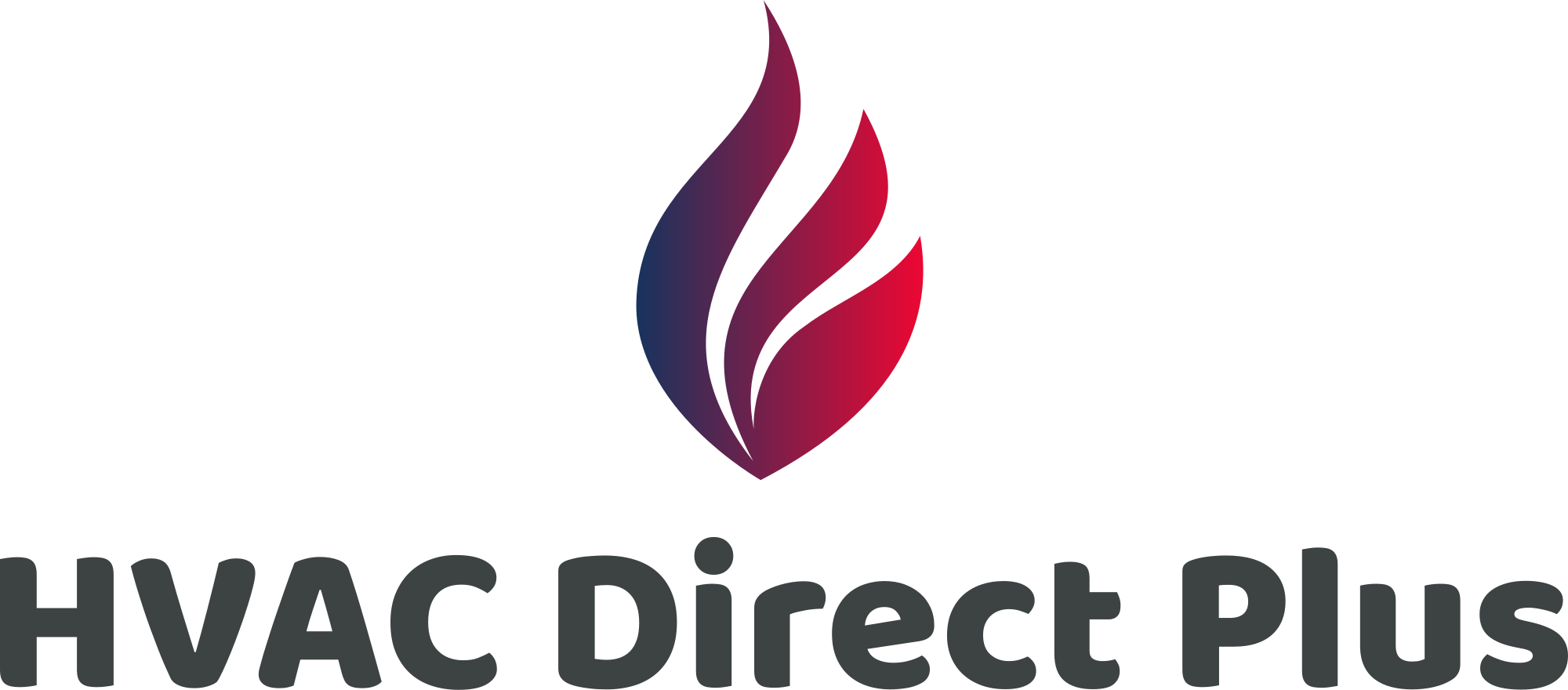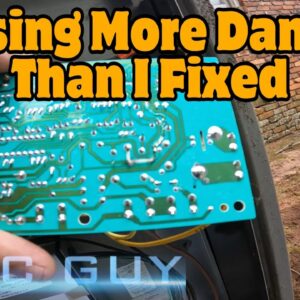Learning from Mistakes: Troubleshooting a HVAC System and Owning up to Errors
In this article, we will discuss the importance of learning from mistakes, owning up to them and making things right, all while troubleshooting an HVAC system. This scenario was based on a YouTube video where a technician accidentally damaged a system more than it already was and documents how he went about correcting the situation.
Initial Problem: Frozen HVAC System
The initial issue in this scenario began with a call for a frozen HVAC system that occurred over the weekend. It was essential for the technician to determine what had caused the system to freeze up and perform any necessary repairs. However, in the process of troubleshooting, the technician caused more damage than was initially present.
Accidental Damage: Shorted Control Board
While working on the issue, the technician accidentally shorted his common wire to power, which in this case resulted in no low voltage fuse being blown. This meant that the condenser fan motors continued to run, but without the blower motor running, there was no cooling inside the house.
Upon further investigation, it was determined that the control board had been fried due to the accidental short, causing a loss of common voltage to the contactor and an absence of LED lights on the board.
Owning up to Mistakes and Making Things Right
In this situation, the technician had two choices: either ignore the mistake and move on, or own up to it and make things right. The technician chose to be honest and transparent with both his boss and the homeowner about the error that had occurred, as well as his intention to fix it.
It is crucial for any professional in any field to be able to admit to their mistakes when they happen, as this can help maintain a positive relationship with clients and ensure that a high standard of work is consistently maintained. By doing so, trust and respect can be established with the client, which can lead to more business in the long run.
In this instance, it was essential for the technician to return to the site and replace the damaged control board, as well as ensure that all other issues with the system were resolved.
Replacing the Damaged Control Board
Returning with a new control board, the technician proceeded to carefully remove the damaged board and install the new one, making sure to reconnect all necessary wires and components. During the installation process, the technician also took the opportunity to add any additional controls that might be supported by the new board, such as a high-pressure control.
Once everything was in place and properly connected, the technician restored power to the system and made sure that the blower was starting up and the LED lights were functioning correctly.
Final Thoughts: The Importance of Transparency and Fixing Mistakes
In conclusion, even professionals can make mistakes during the course of their work. However, it is essential to own up to these mistakes and take the necessary steps to resolve them. By being transparent with clients and ensuring that high standards are maintained, trust and respect can be established, ultimately leading to continued success in any field.
In this particular case, the technician not only fixed the original issue but also took responsibility for the additional damage caused by his error. By replacing the damaged control board and ensuring the system was functioning optimally, the technician demonstrated a commitment to providing high-quality service to his clients.

